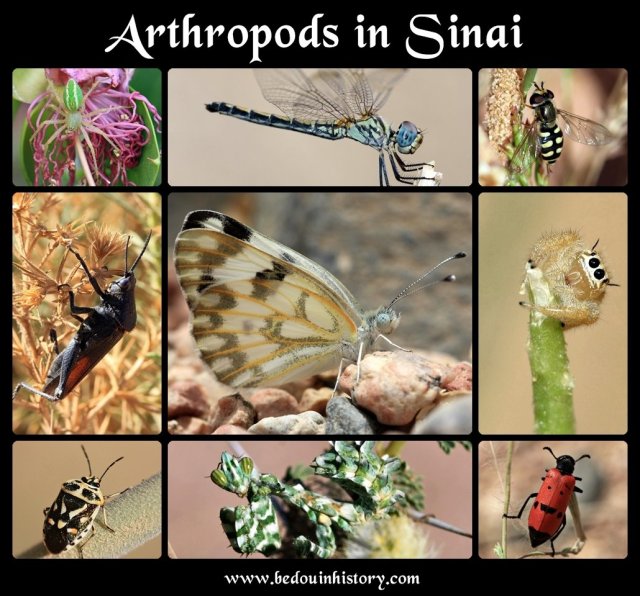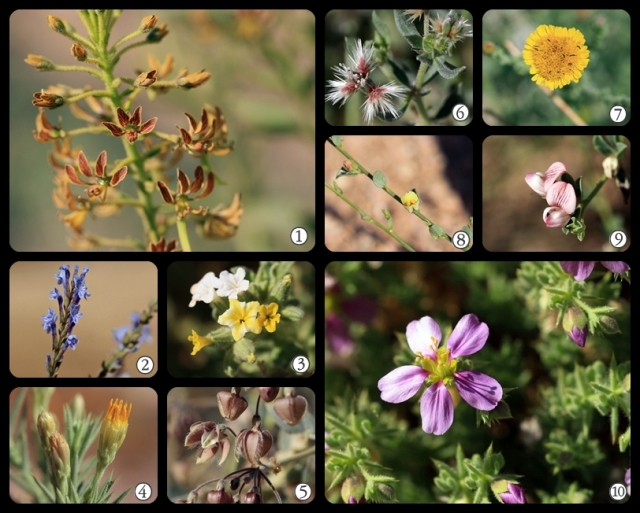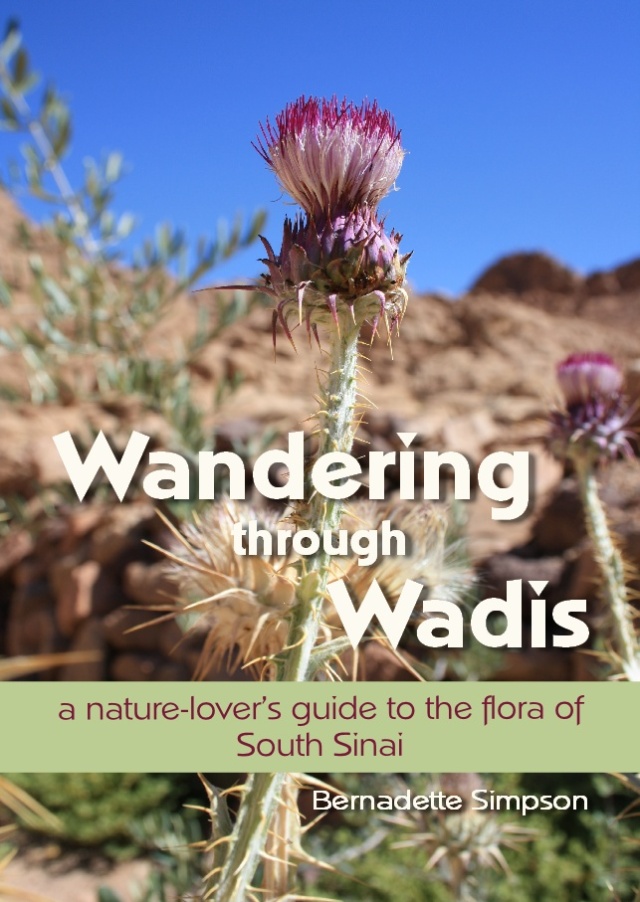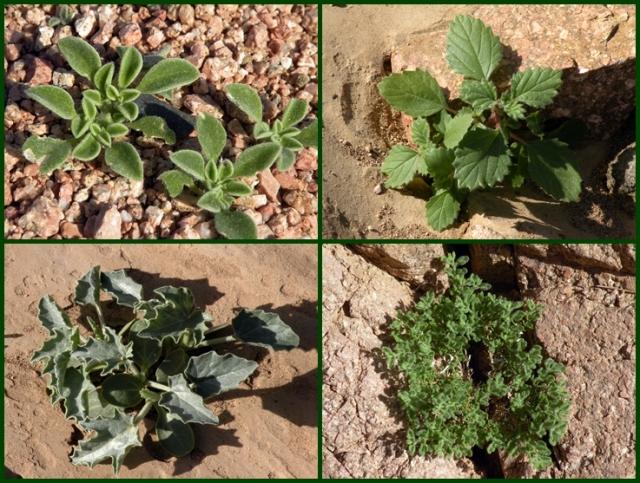
Autumn is in the air – and so are the birds! It´s prime migration season right now and Egypt lies on one of the busiest flyways in the world. On a recent bird watching trip, a friend lent me a camera with an actual zoom lens so I could try to get some shots. We stopped near Wadi Mandar and also at the ¨Sharm Pools¨ – sewage treatment pools, that is, a popular hang out for all the migrating birds. Besides the obvious White Storks, we also saw ducks, cranes, plovers, and dozens of gorgeous raptors soaring above our heads. Unfortunately, I can´t be more specific than that. I also recently wrote a piece about migration for a local publication in Sharm el Sheikh, MIX Mag, and thought I´d share an excerpt here:
Every autumn thousands of White Storks (Ciconia ciconia) pass through Sharm as they migrate south to Africa for the winter. Like many other birds, storks migrate to find the best place for feeding, breeding, and raising their young. That usually means a journey of thousands of kilometers. When the days begin to get shorter, birds know it is time to start this journey. Their bodies start to produce different hormones and fat accumulates under their skin. This fat provides the energy they will need for all that flying. Most birds, storks included, migrate from their northern summer homes to the south in winter, but some birds breed in the south of Africa and migrate north in the winter. Others migrate east to west to take advantage of the milder coastal climates and several species migrate in altitude, living higher up in the mountains in the summer and spending the winter in lowlands. Scientists do not fully understand how birds migrate, but it is believed to be a combination of sight, smell, monitoring of magnetic fields, observation of the sun and stars, and following their friends. (Most birds migrate in flocks.)
White Storks are only one of many species of migratory birds that pass through Sinai. White Storks are large birds about 100 – 115 cm tall with a wingspan of 155 – 165 cm. They are completely white except for their black wing flight feathers and red bill and legs. Both male and females have the same plumage but males are generally larger. Young birds have black bills and yellowish-gray legs. Storks walk slowly and steadily and fly with their neck outstretched. Usually silent birds, storks will only make noise when annoyed when they will clatter their jaws together.
Storks migrate in large flocks, generally in groups of about 100 birds. Because of their long wings and large bodies, storks do not get very far by flapping their wings. Instead, they soar. The storks use warm air currents, called thermals, that form over land. Since these thermals rarely form over sea, storks choose a migration route that involves the shortest trip across water. Most birds coming from the north cross over the Bosporus, circle around the Mediterranean Sea and through the Middle East where they fly through eastern Sinai and cross the Red Sea near El Tor. Sharm el Sheikh is actually outside of the normal migration route, but many birds – especially the old, tired, sick, or injured ones – are lured to the city by the hotels’ green areas…and the garbage.
28.533067
34.441614





![wildlife in south sinai]](https://bedouinhistorydesertsafari.wordpress.com/wp-content/uploads/2012/05/wildlife-in-south-sinai.jpg?w=257&h=332)
